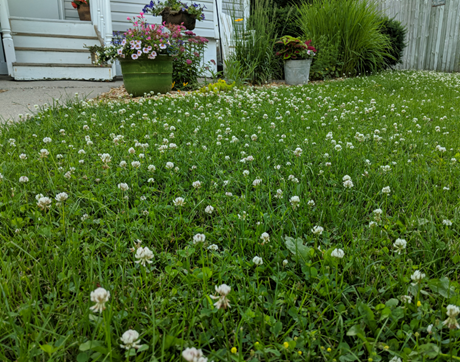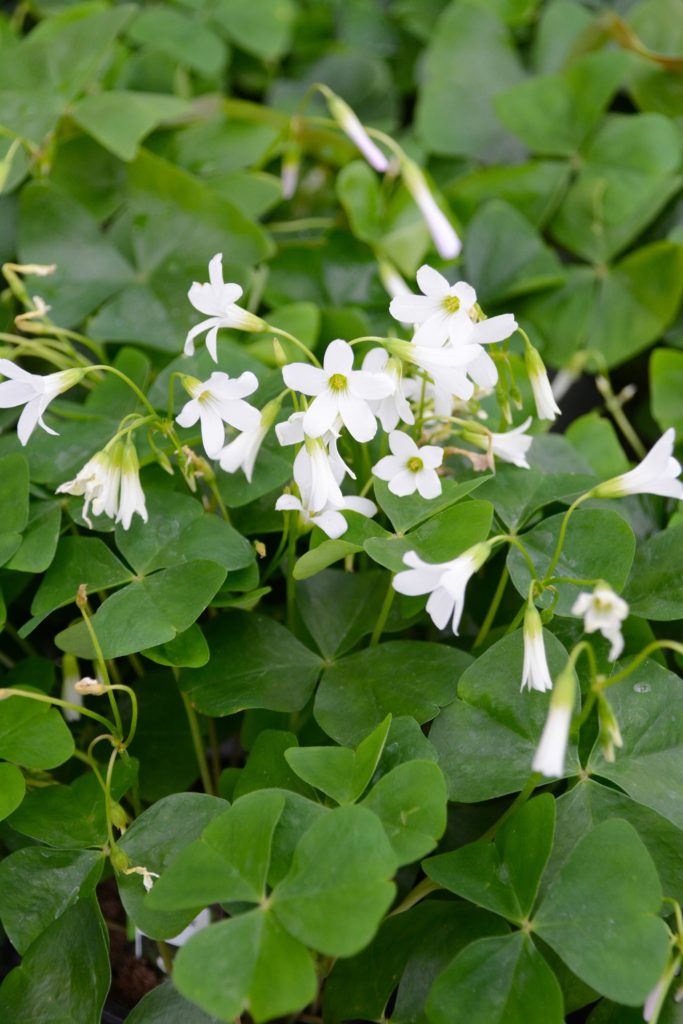Click below to listen to my 2 min. Garden Bite radio show/podcast: Is Shamrock a real plant?
“Top of the mornin’ to ya!” and Happy St. Patty’s Day! I may be slightly Irish but I am all American, as those phrases really are! But it IS St. Patrick’s day and that makes me think of Shamrocks and all things green.

It was the Celtic druids who started the shamrock on its path to Irish glory! They believed the number 3 to be a perfect number and, as such, to have inherent mystical powers. No one is quite sure why they believed this but it is possible the number signified the totality of the past, present and future, or sky, earth and underground.
Whatever the reason, the Celts attached great significance to the number. It’s also known to have represented the rebirth of Spring and later became Ireland’s national symbol of pride.

The funny part is there is no actual Shamrock plant.
Shamrock is a kind of slurred pronunciation of the Irish word seamrog, meaning little clover. It’s really White Clover also known as trifolium repens. A 3 leafed plant that WAS thought of as a weed but is now a great lawn replacement!

In ancient days the Celts believed that white clover warded off evil spirits (it DOES attract pollinators). With it’s 3 leaves it also became a symbol of the Holy Trinity to early Christians.
White clover is considered a beneficial plant to organic lawn care because it fixes nitrogren. Simply put, it keeps your soil in better shape than your lawn does. White clover is an excellent forage crop for livestock and is considered survival food due to it’s high protein and abundance. Sometimes more abundant in our lawns than we care for. Another plant closely associated with the shamrock is Oxalis.


